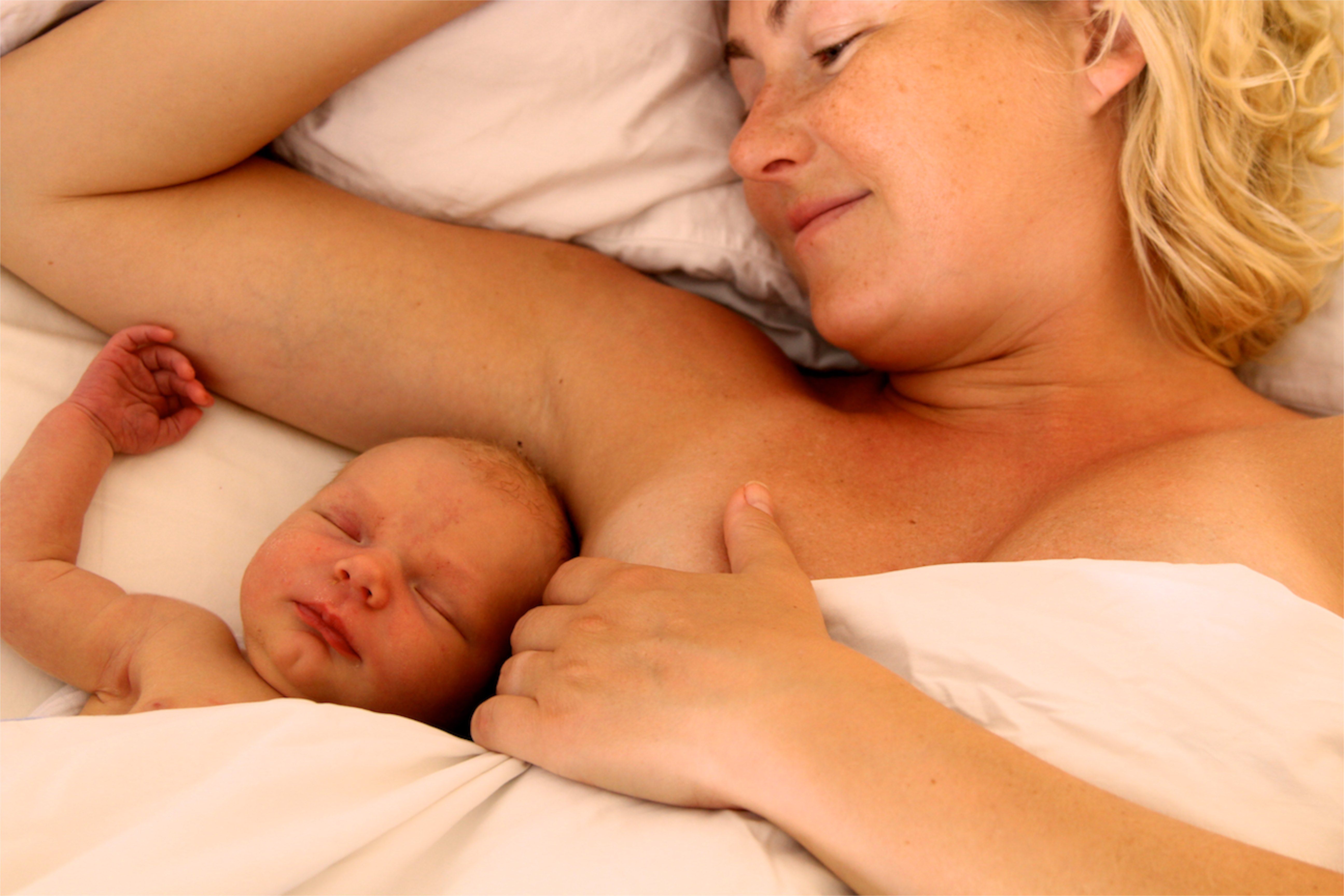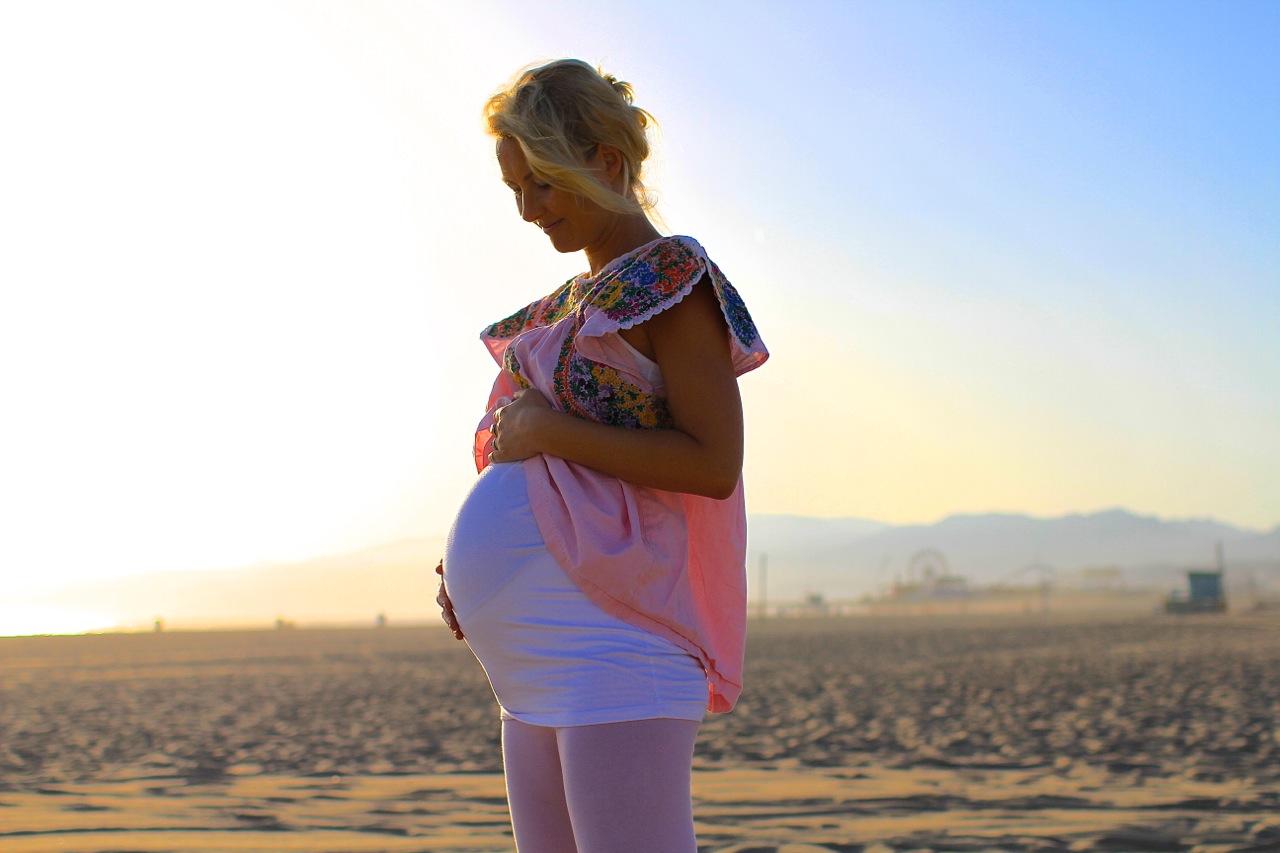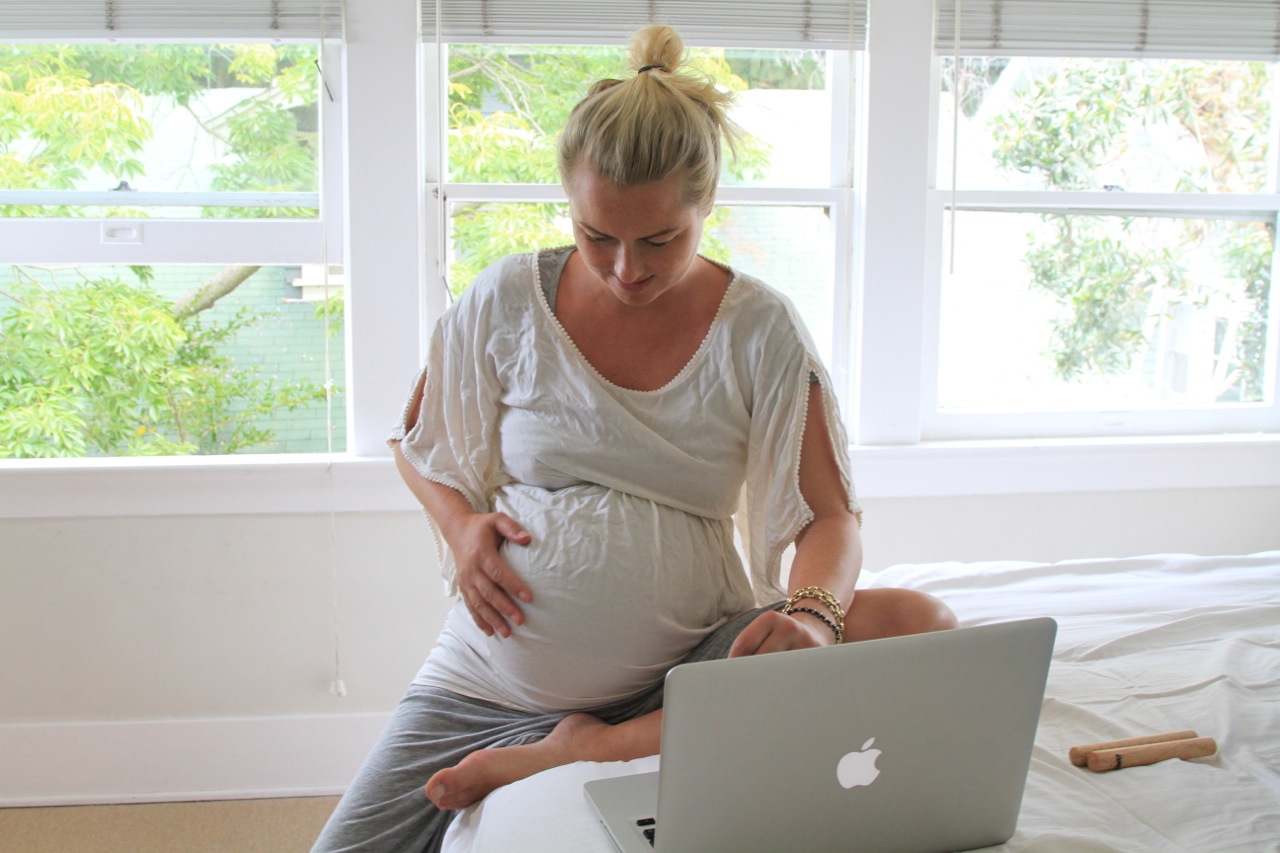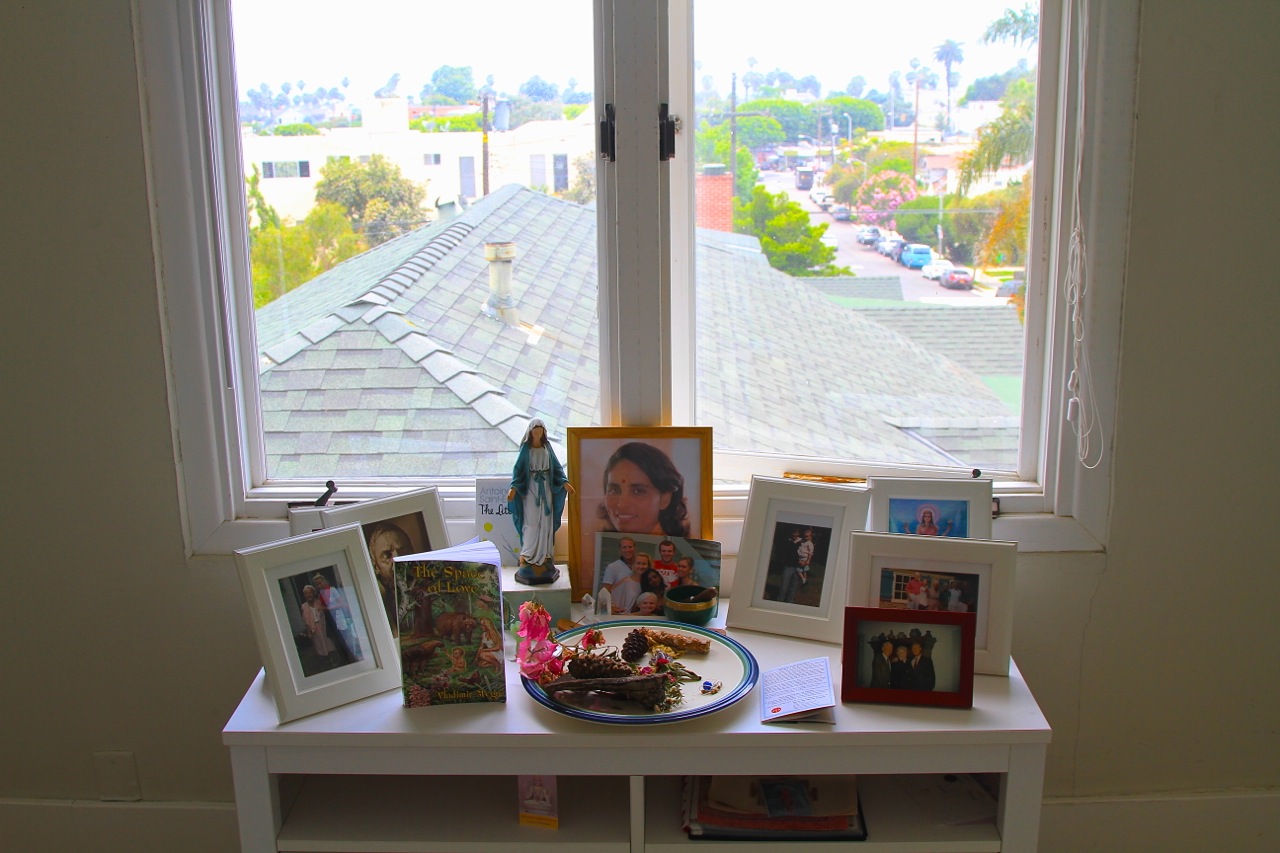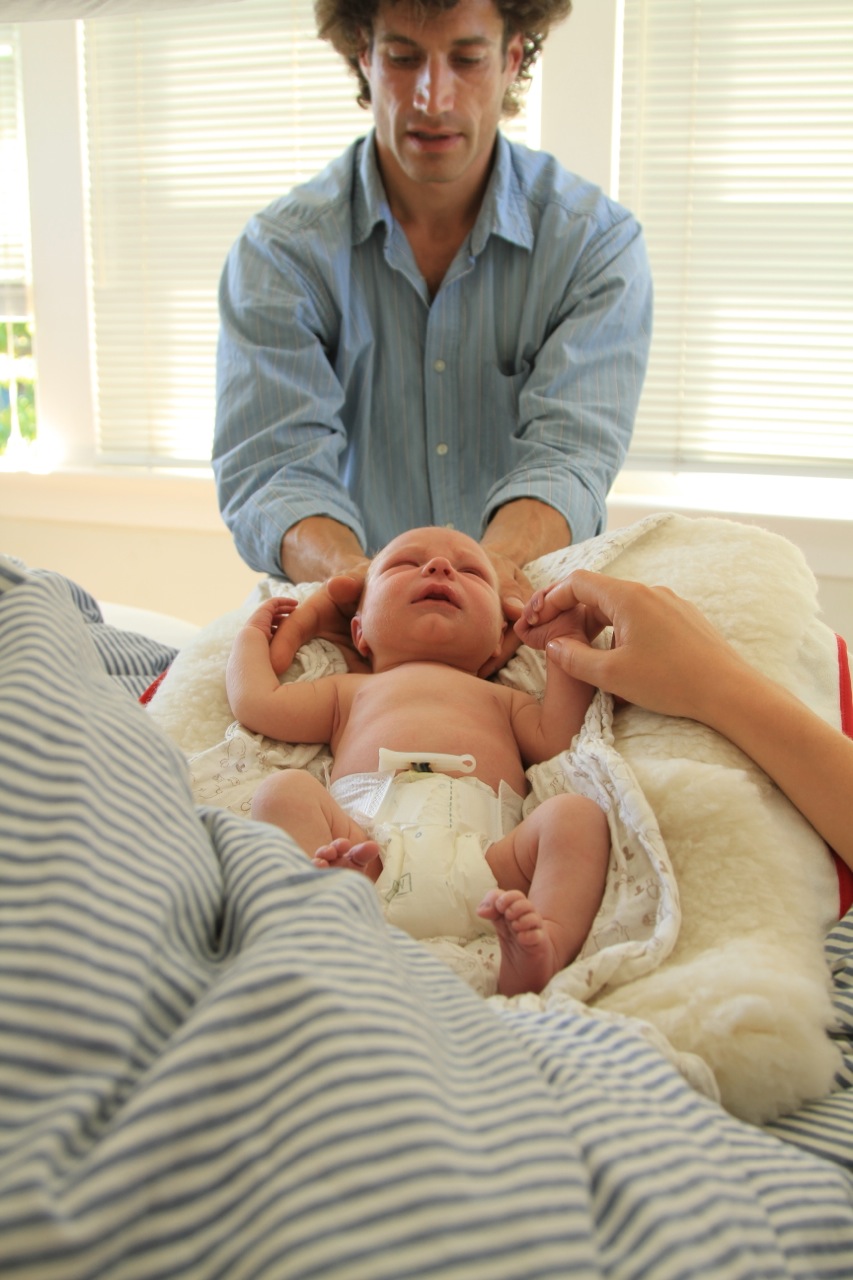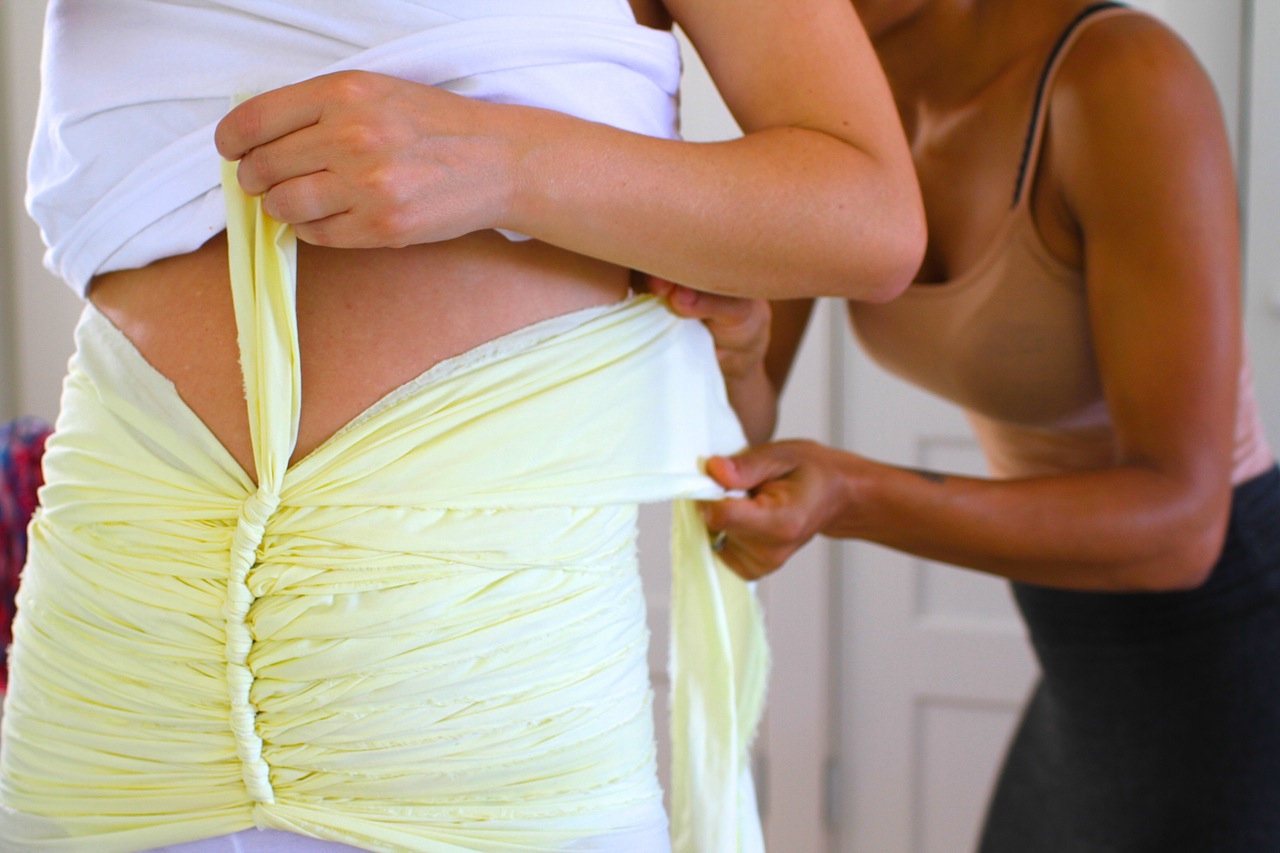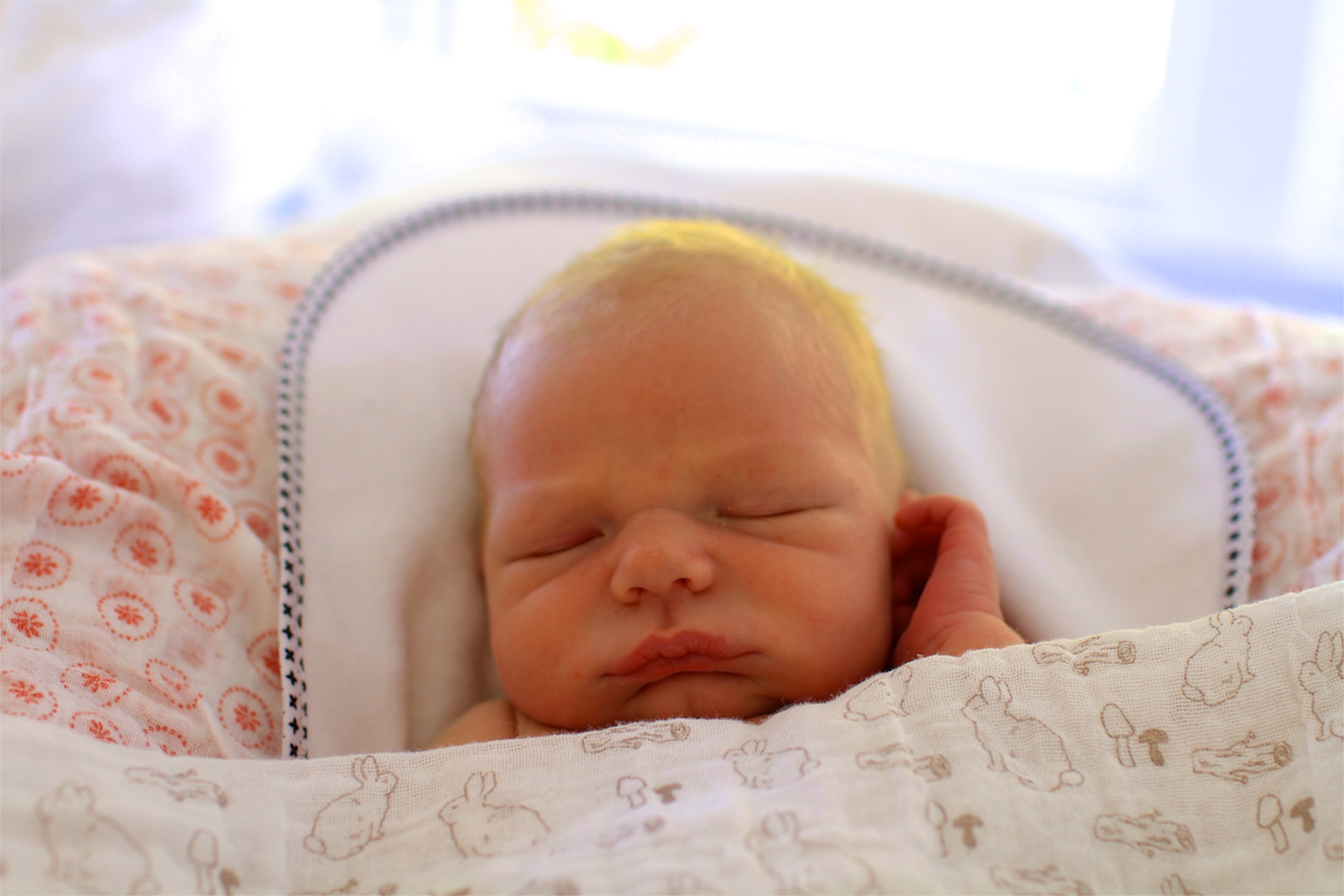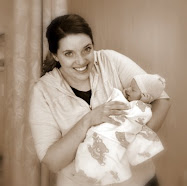Did you know that you can do prenatal exercises to help your body and baby be in optimal shape for a quicker, easier natural childbirth?
While it’s certainly no guarantee, prenatal exercises can open our pelvis and position our baby optimally. Truth is, for most of us mamas, natural childbirth is a marathon. We wouldn't show up to a race like that without training and the same can be said with natural childbirth.
Ideally, we would start these exercises once we discovered we were pregnant however ANYTIME you start will be beneficial. DISCLAIMER: DO NOT ATTEMPT ANY OF THESE EXERCISES WITHOUT APPROVAL FROM OB-GYN, MIDWIFE OR DOCTOR.
Okay, ready for the exercises?
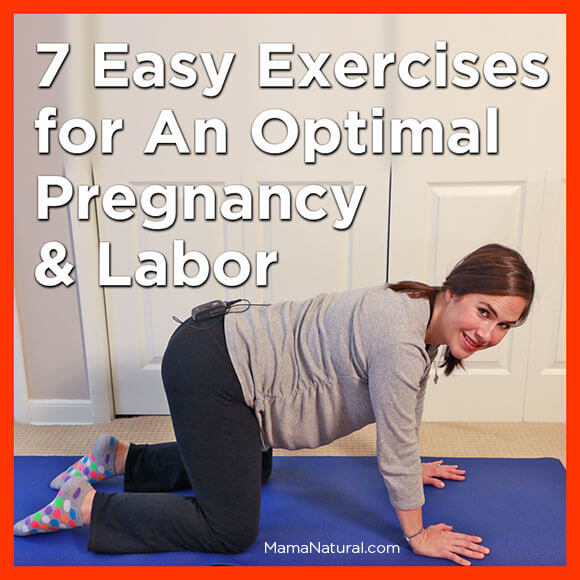 1. Walking
1. Walking
Yes, simple walking can help keep your body in balance as you approach your big day. Aim for at least 30 minutes a day, preferably outdoors for the fresh air, sunlight and natural surroundings.
2. Proper Sitting
While some may argue that this isn’t exactly “exercise,” I would disagree. When you’re carrying around 20 pounds of extra weight, and practice proper sitting, you’ll be strengthening your core and stabilizing your pelvis. The key is you want to avoid reclining in big couches, gliders and beds. As tempting as it is, it’s best to sit upright with your pelvis slightly forward. Sitting on an exercise ball is wonderful for pregnant mamas. Be sure your ball is firm enough and high enough so that your hips are higher than your knees.
After 30 weeks, to keep pelvis aligned and baby in optimal position, try sitting on an exercise ball as much as you can instead of a reclining in big couches or chairs. If you work on a computer, use this instead of your office chair. Many employers will even purchase this “chair” as an alternative.
Another great way to sit is cross legged. Sitting this way pushes the uterus forward, stretches the legs, and opens the pelvis more. The thing that’s great about this exercise is that you can do it in nearly any situation and people won’t even know you’re in training for a natural childbirth.
Spend as much time as you can sitting this way, especially once you hit that 3rd trimester, rather than on a big recliner or couch. Your body and baby will thank you come delivery time 
3. Leaning
To counteract all the time we are leaning back each day, it’s important to lean forward as a pregnant mama. Leaning on counters, tables and people all work  . An old wives tale was to flip a posterior baby, you were to scrub all your floors on hands and knees. Gravity would pull the baby’s back forward and get him/her in optimal position.
. An old wives tale was to flip a posterior baby, you were to scrub all your floors on hands and knees. Gravity would pull the baby’s back forward and get him/her in optimal position.
Of course, an exercise ball can be a pregnant mamas best friend for this exercise not only pre-labor but during it. Draping your arms and upper body over exercise ball and roll around while your pelvis moves in midair can prepare your lower body for the work of natural labor.
4. Pelvic Rocks (aka Pelvic Tilts or Cat Cow Stretch)
These are a simple exercise that keeps the pelvis loose and the lower back limber. You can begin these from day one and continue through labor.
If after 30 weeks, you want to try to flip a posterior baby to anterior position, do the pelvic rocks when you feel your baby move. She/he may be trying to get into a better position for birth and you can facilitate that process by doing Pelvic Rocks. I would recommend doing them 3 times a day for up to 20 minutes total time daily once you’re in third trimester.
5. Butterflies
This simple exercise opens your pelvis and keeps your lower back limber. You can do these from the moment you’re pregnant till you deliver. Sit on bottom and put soles of feet together. Pulse your legs up and down till you feel the stretch. You can even have your partner add resistance for a deeper stretch.
6. Forward Leaning Inversion
This powerful move helps to untwist lower uterine ligaments. Because of our poor posture and sedentary lifestyles, our uterus can be twisted and cramped, leaving less room for baby to settle into the optimal position. Additionally, if we’ve been in any type of accident or like to carry an older child on our hip, this exercise is essential.
You want to kneel on the edge of a couch or bed. Slowly lower yourself to your hands on the floor and then to your forearms. Elbows out, hands close. Use a stool or a partner if you need help. Let your head hang freely. Your chin is tucked. Your bottom should be highest. Flatten your lower back. Hold for 30 seconds. Come back up on your hands. Then lift yourself up to a kneeling position again, using stool or helper.
Do 1-3 times a day. Please note: If you’ve had any abdominal or uterine cramping, have high blood pressure, or feel excessive baby movement, do not attempt this exercise. Check with your doctor or midwife before doing this or any of the above-mentioned exercises.
7. Optimal Sleeping Position
Once you hit 20 weeks, most doctors and midwives will dissuade you from sleeping on your back because it can cause problems with backaches, breathing, digestive system, hemorrhoids, low blood pressure and decrease circulation to your heart and your baby.
Obviously, we want to avoid sleeping on our belly so side sleeping is our best bet.
Sleeping on our left side is most optimal because it may in the amount of blood and nutrients that reach the placenta and your baby. It also works with gravity to get your baby in the most optimal position for birth, generally speaking, which is Left Occiput Anterior.
Be sure to use extra pillows for support… particularly one between your knees to keep pelvis balanced and aligned as well as one for your tummy and or shoulder. Some swear by these pillows for full body support.
So, there you have it 7 exercises that can help improve our labors.



